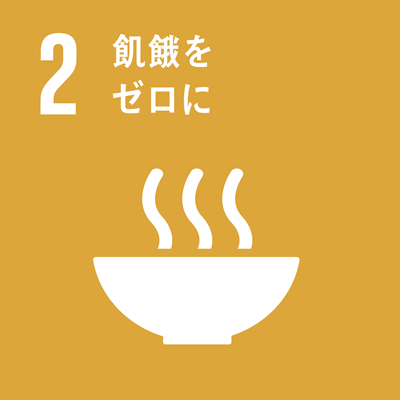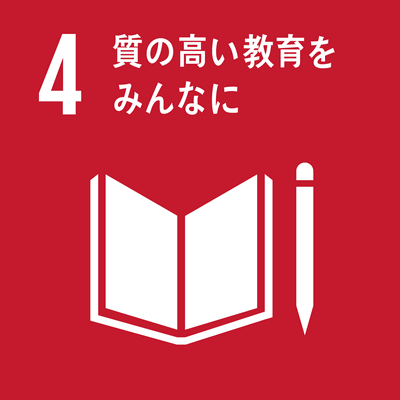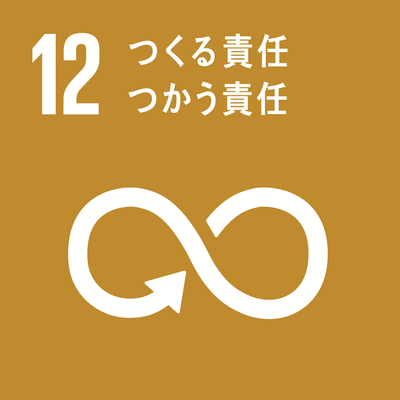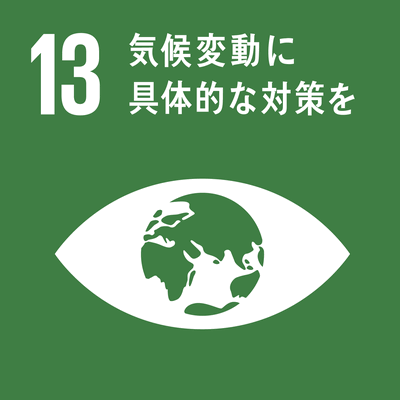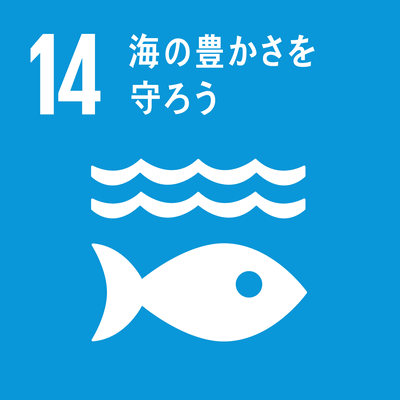シラバス表示
シラバスの詳細な内容を表示します。
→ 閉じる(シラバスの一覧にもどる)
科目の基本情報
| 開講年度 | 2020 年度 | |
|---|---|---|
| 開講区分 | 生物資源学研究科(博士前期課程)生物圏生命科学専攻 | |
| 受講対象学生 |
大学院(修士課程・博士前期課程・専門職学位課程) : 1年次, 2年次 修士課程2年生も受講可能 |
|
| 選択・必修 | 選択必修 |
|
| 授業科目名 | 浅海増殖学特論 | |
| せんかいぞうしょくがくとくろん | ||
| Advanced Study in Shallow Sea Aquaculture | ||
| 単位数 | 2 単位 | |
| ナンバリングコード | BIOR-Life-5371-004
|
|
| 開放科目 | 非開放科目 | |
| 開講学期 |
前期 |
|
| 開講時間 |
|
|
| 開講場所 | ||
| 担当教員 | 吉松 隆夫(生物資源学研究科),筒井直昭(生物資源学研究科) | |
| Takao YOSHIMATSU (Dept. of Life Sciences),Naoaki TSUTSUI (Dept. of Life Sciences) | ||
| 実務経験のある教員 | 担当する吉松隆夫教授,筒井直昭准教授ともに国の研究機関である国立研究開発法人での勤務経験を有する。吉松隆夫:国立研究開発法人水産教育・研究機構増養殖研究所,筒井直昭:国立研究開発法人国際農林水産業研究センター。 | |
| SDGsの目標 |
|
|
学修の目的と方法
| 授業の概要 | Fisheries provide a vital source of food, employment, recreation, trade and economic well-being for people throughout the world, both for present and future generations. Especially aquaculture is a most rapid developing sector in fisheries as a food-producing industry, and its role is getting significant year by year. |
|---|---|
| 学修の目的 | In this series of lecture, students enrolled study and understand about the technologies for larval rearing established so far in Japan, the representative live foods for larviculture and their culture techniques. Also how to maintain larval health, how to control the outbreak of disease, and how to make efficient fortification of the essential nutrients for fish larvae are covered as well. By utilizing the knowlegde they study in this series of lecture they will become to acheve thier vocational mission efficiently in future. |
| 学修の到達目標 | The final goal of this lecture we expect for students are as follows: to study and realize the difficult and critical situation of the global food supply near the breaking disastrous point and environmental problems which people in the world are faced with at the moment, and to try to figure out the effective counter measures to solve those problem as a student of bioresource science. |
| ディプロマ・ポリシー |
|
| 成績評価方法と基準 | Report making (30%), final examination (60%), others (10%). |
| 授業の方法 | 講義 |
| 授業の特徴 |
その他、能動的要素を加えた授業(ミニッツペーパー、シャトルカードなど) |
| 授業改善の工夫 | We accept any comments and suggestions, if they are constructive and valuable for improving the present lecture. |
| 教科書 | No particular textbooks. Printed lecture materials/handouts are distributed properly. |
| 参考書 | No particular reference books. Printed lecture materials/handouts are distributed properly. |
| オフィスアワー | Tuesday to Friday at 17:00-18:00 (Room 616 and 614) |
| 受講要件 | This series of lecture is conducted mainly in English, even for Japanese students. It covers latest information concerning aquaculture, especially fry production technologies of aquatic animals developed in Japan using visual teaching materials like power points. |
| 予め履修が望ましい科目 | Following subjects for under graduate students: Shallow Sea Aquaculture, Propagation Ecologies of Aquatic Animals, Practice on Marine Invertebrates Aquaculture. |
| 発展科目 | No subjects especially. |
| その他 |
Nothing especially. Do not hesitate even if you are not good at listening and speaking English. 教員免許・各種資格取得に関連した科目(注:必ず入学年度の学習要項で確認してください.) |
授業計画
| MoodleのコースURL |
|---|
| キーワード | Shallow Waters, Aquaculture, Seedling Production, Aquatic Animals, Live foods, Fish Health. |
|---|---|
| Key Word(s) | Shallow Waters, Aquaculture, Seedling Production, Aquatic Animals, Live foods, Fish Health. |
| 学修内容 | 1. Introduction and guidance 2. Current status of mariculture of the world 3-5. Main target species for aquaculture in the world Fishes Crustaceans Other species 6. Broodstock maintenance technology 7. Obtaining spawning from broodstock 8. Larval rearing techniques for finfish species 9. Larval rearing techniques for invertebrate species. 10. Foods and feeding schedules 11. Larval nutrition and live foods 12-14. Production technologies of rotifer and microalgae Rotifer Other live foods used in larviculture Microalgae culture 15. Larval health and disease control 16. Emamination |
| 事前・事後学修の内容 | Students are requested to study actively and make reference study spontaneously after each lecture. Also everytime students are given reading assignments about relevant various academic papers. |
